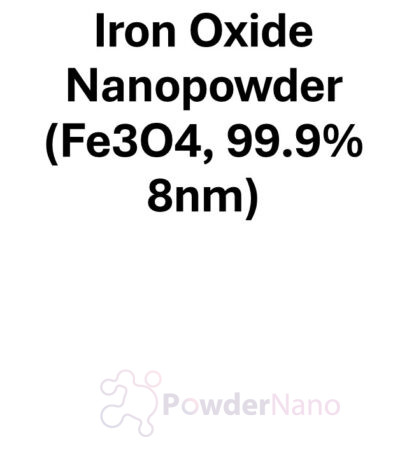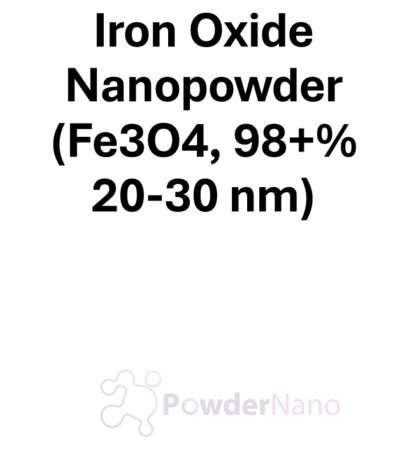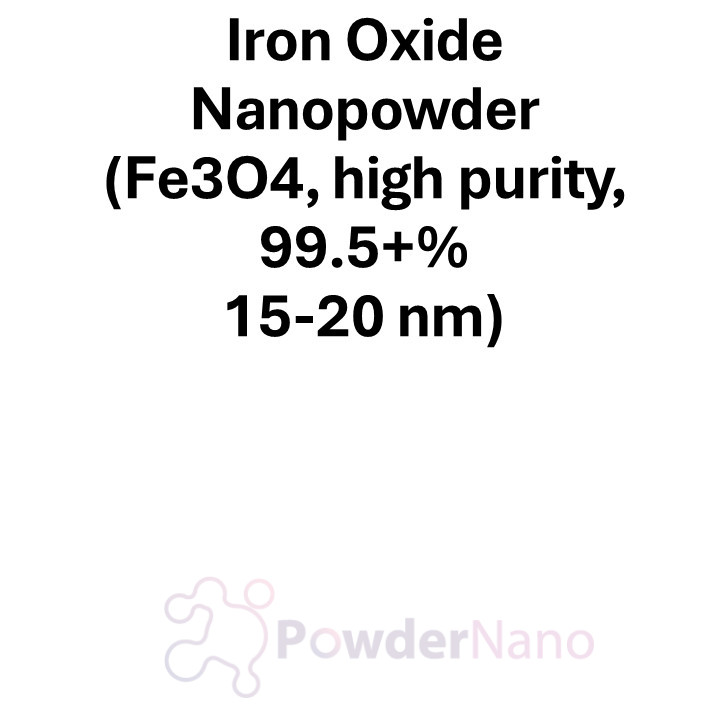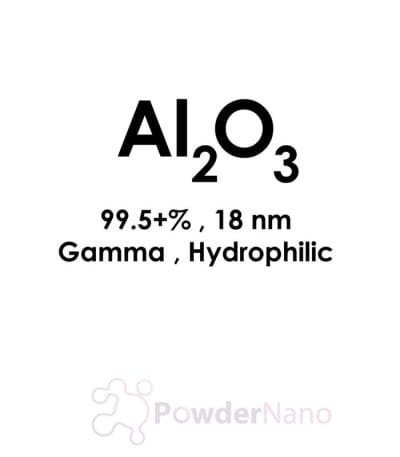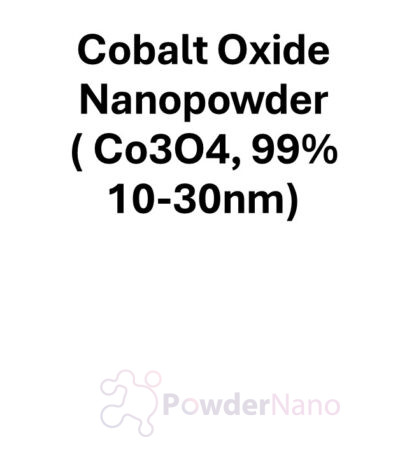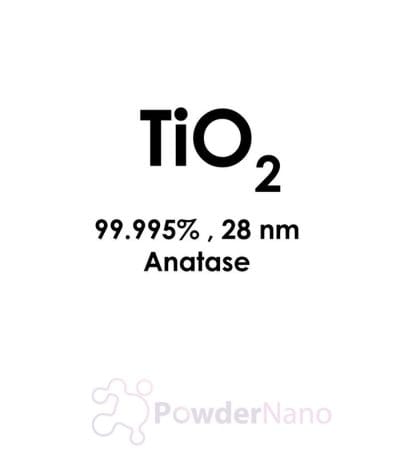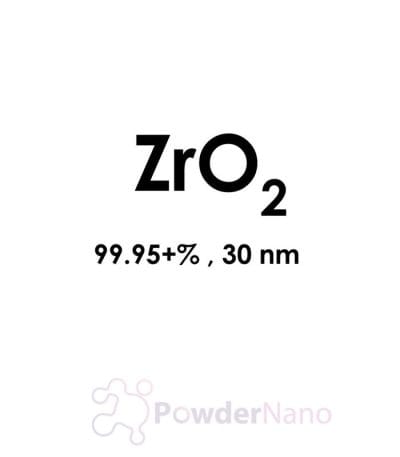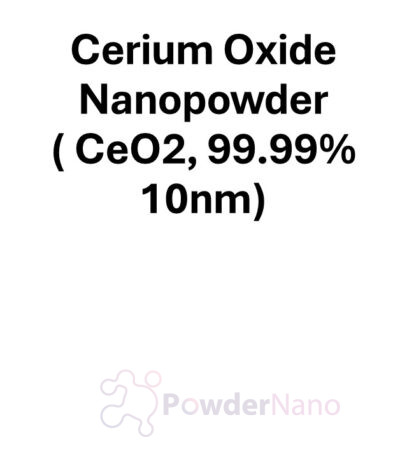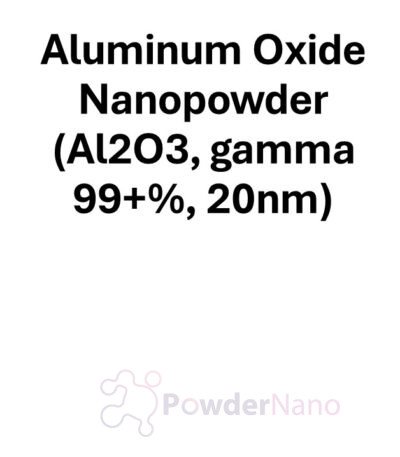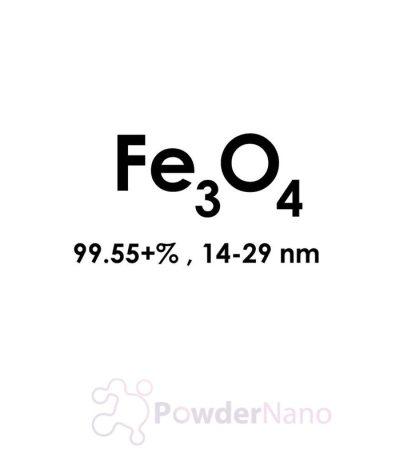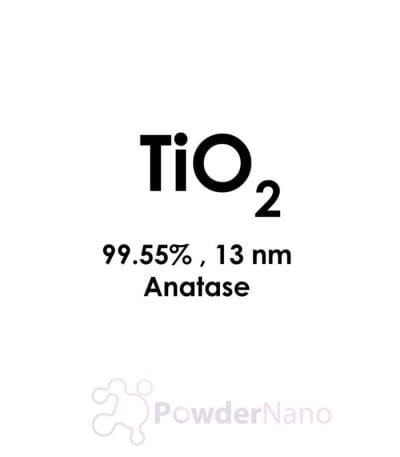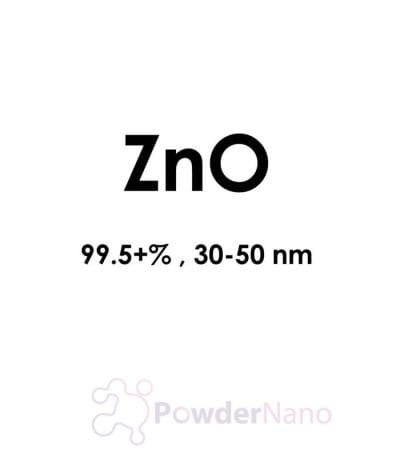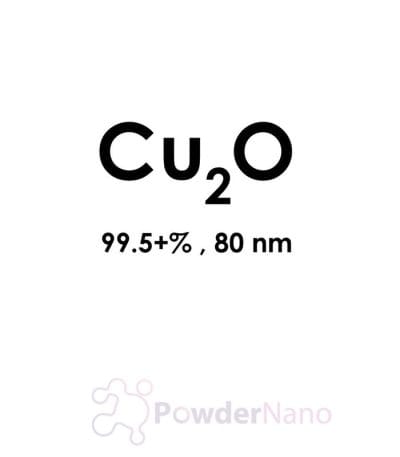Technical Specifications
- Product Name: Iron Oxide Nanopowder
- Chemical Formula: Fe₃O₄ (Magnetite)
- CAS Number: 1317-61-9
- Purity
- Grade: 99.5+% (high purity)
- Impurities: ≤0.5% (trace elements and other oxides)
- Particle Size
- Range: 15–20 nm
- Particle Size Distribution: Verified using SEM (Scanning Electron Microscopy) or TEM (Transmission Electron Microscopy)
- Morphology
- Shape: Near-spherical particles with uniform distribution
- Surface Area: High, due to nanoscale dimensions, enhancing reactivity
- Crystal Structure
- Phase: Spinel cubic
- Physical and Chemical Properties
- Color: Black powder
- Density: ~5.17 g/cm³
- Magnetic Properties: Superparamagnetic at nanoscale sizes
- Thermal Stability: Stable under moderate temperatures; decomposes at higher temperatures
- Packaging and Storage
- Standard Packaging: Sealed in airtight, moisture-resistant containers to prevent contamination and oxidation
- Storage Conditions: Store in a cool, dry environment; avoid prolonged exposure to air and moisture
- Shelf Life: Stable under proper storage conditions
- Safety and Handling
- Hazards:
- Iron oxide dust may irritate the respiratory system, skin, and eyes if inhaled or exposed.
- Non-flammable but requires careful handling to prevent airborne dispersion.
- Recommended Protective Measures:
- Use PPE (e.g., gloves, goggles, and dust masks).
- Handle in a ventilated area to minimize airborne particle exposure.
- Hazards:
Applications
- Biomedical Applications
- Drug Delivery: Utilized as a carrier for targeted drug delivery systems due to its biocompatibility and superparamagnetic properties.
- MRI Contrast Agents: Acts as an efficient contrast agent in magnetic resonance imaging.
- Hyperthermia Treatment: Applied in cancer therapy using magnetic hyperthermia techniques.
- Catalysis
- Environmental Catalysis: Effective in redox reactions for pollutant degradation and air purification.
- Chemical Catalysis: Utilized in organic and inorganic synthesis processes, including hydrogenation and oxidation.
- Energy Applications
- Battery Materials: Integrated into lithium-ion and sodium-ion batteries for improved energy density and performance.
- Hydrogen Production: Investigated for its role in water splitting and hydrogen storage systems.
- Sensors
- Gas Sensors: Sensitive to gases like CO, NOx, and hydrogen, suitable for industrial and environmental monitoring.
- Magnetic Sensors: Explored for advanced sensing technologies using its magnetic behavior.
- Nanocomposites
- Reinforcement Material: Enhances mechanical, thermal, and magnetic properties in composite materials.
- Functional Additives: Improves catalytic, optical, and thermal performance in polymers, ceramics, and glass.
- Coatings and Surface Treatments
- Protective Coatings: Used in anti-corrosion and wear-resistant coatings for metals and industrial tools.
- Functional Coatings: Applied in electromagnetic shielding and advanced magnetic coatings.
- Environmental Applications
- Water Purification: Effective in removing heavy metals, organic pollutants, and other contaminants.
- Soil Remediation: Used for cleaning and restoring contaminated soils.
- Research and Development
- Material Science: Extensively studied for its unique catalytic, magnetic, and optical properties at the nanoscale.
- Prototype Development: Applied in experimental setups for advanced technologies in energy, medicine, and material science.
Key Features
- High Purity (99.5+%): Ensures superior performance in biomedical, catalytic, and energy applications.
- Nanoscale Size (15–20 nm): Provides high surface area and reactivity for advanced functionalities.
- Superparamagnetic Properties: Ideal for innovative applications in medicine, energy, and material science.
